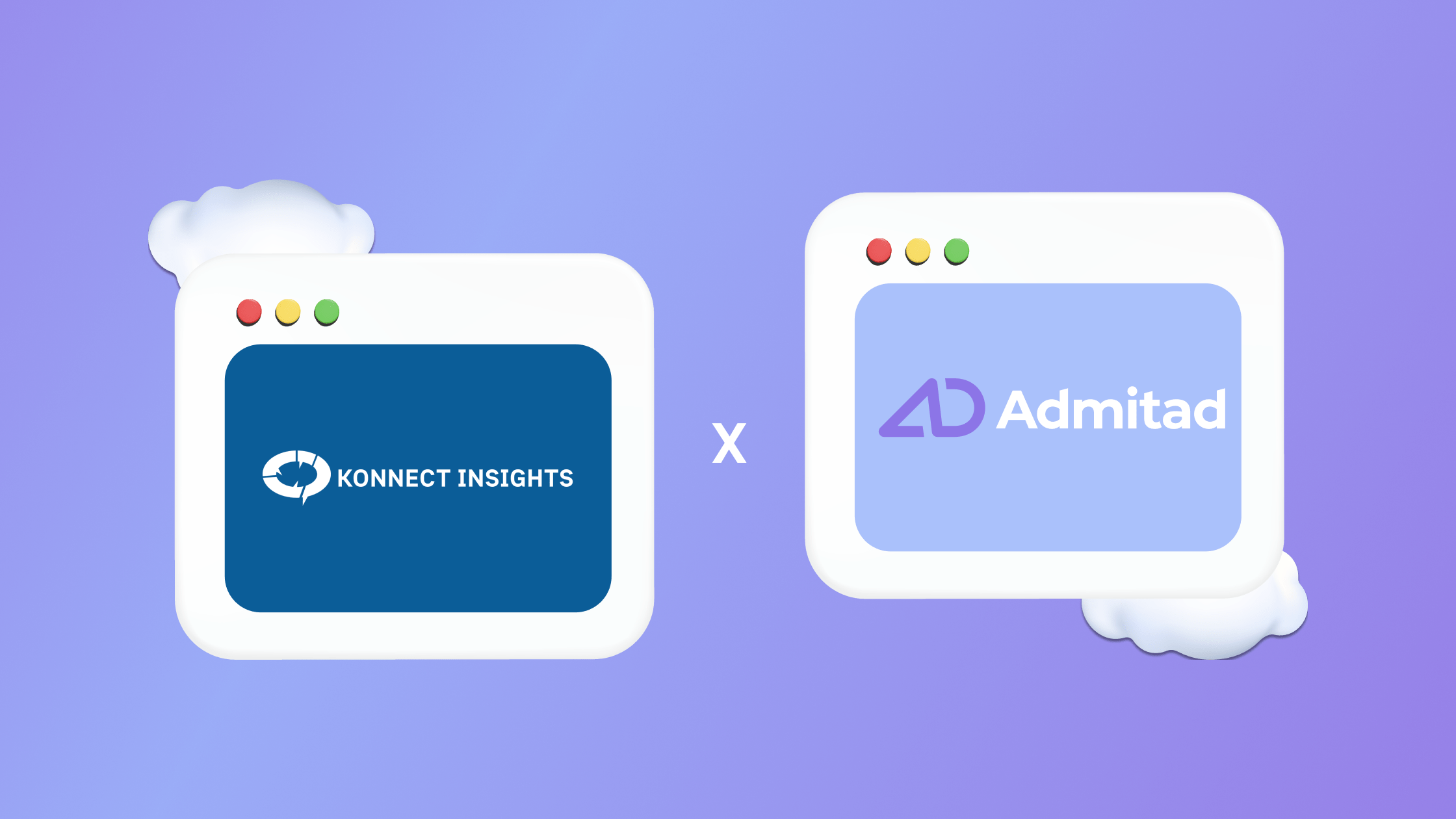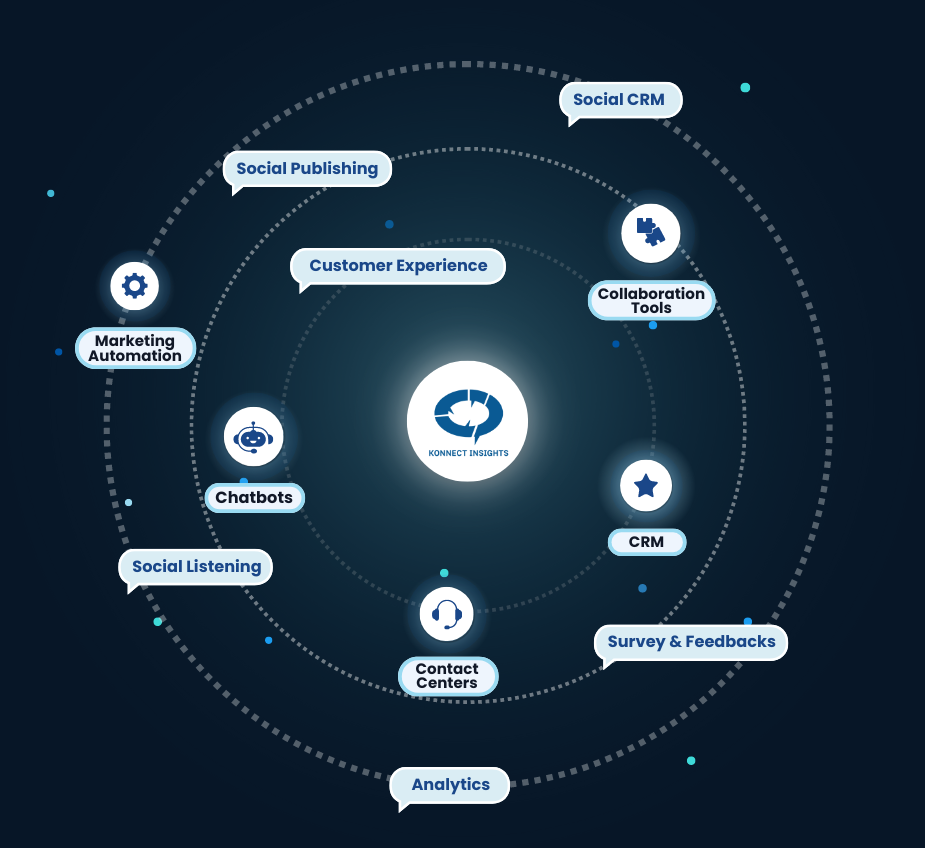Introduction
Social media has become one of the prime avenues for brands to market their products. While paid ads can definitely get brands the kind of reach they want, organic social media posts done in the right way can definitely ensure that the content is reaching the right eyes. One of the key nuances of social media management is the schedule for social media publishing.
What is Social Publishing and Why Does It Matter?

Social publishing refers to the process of creating and sharing content on various social media platforms such as Facebook, Twitter, LinkedIn, Instagram, etc., with the aim of engaging with a targeted audience. It involves curating compelling content that resonates with your audience’s interests and preferences. However, simply creating great content is not enough; you need an effective publishing schedule to ensure that it reaches the right people at the right time.
A well-executed social media publishing schedule matters for several reasons:
1. Consistency: Consistency is vital for building brand recognition and establishing trust among your audience. By adhering to a regular publishing schedule, you create a sense of reliability and credibility. When your audience knows when to expect new content from you, they are more likely to engage with it.
2. Maximize Reach: Understanding when your target audience is most active on social media enables you to tailor your publishing schedule accordingly. By identifying peak times for engagement and aligning your content release with those periods, you increase the visibility and reach of your content.
3. Efficiency: A publishing schedule streamlines your social media efforts by allowing you to plan, create, and schedule content in advance. This saves time and ensures that you consistently have fresh content to share without scrambling for ideas at the last minute.
4. Audience Engagement: By analyzing your audience’s behavior, preferences, and interests, a well-planned publishing schedule allows you to deliver targeted content that resonates with your audience. This increases the likelihood of engagement, such as likes, comments, shares, or clicks on call-to-action buttons.
5. Tracking and Analysis: A consistent publishing schedule makes it easier to track your social media performance. By monitoring key metrics such as engagement rates, click-through rates, and conversions over time, you can identify patterns and make data-driven decisions to optimize your social media strategy.
How Social Publishing can Supercharge Your Brand
A well-executed social media publishing schedule can supercharge your brand in several ways:
1. Increased Brand Visibility: Consistently sharing valuable content positions your brand as an authority within your industry. When your content appears regularly in front of your target audience, it builds familiarity and strengthens brand recognition.
2. Enhanced Audience Engagement: A publishing schedule allows you to deliver timely and relevant content directly into the feeds of your followers when they are most likely to be active. This increases the chances of them engaging with your posts through likes, comments, shares or click-throughs.
3. Building Relationships: By consistently delivering value through published content on social media platforms, you can foster meaningful connections with your audience over time. Regular interactions help build trust and credibility with potential customers.
4. Thought Leadership: A strategic publishing schedule enables you to share your expertise and insights, positioning yourself and your brand as thought leaders in your industry. By consistently providing valuable content, you establish credibility and gain a reputation as a go-to resource for industry-related information.
5. Increased Web Traffic: A well-planned publishing schedule can drive traffic to your website or landing pages by strategically including links in your social media posts. This can boost organic search rankings, attract potential customers, and increase conversions.
6. Reputation Management: By proactively sharing content on social media channels, you can effectively manage your brand’s online reputation. Consistently publishing positive content showcases the strengths of your brand and helps counter any negative sentiment that may arise.
Overall, a social media publishing schedule serves as a powerful tool for amplifying your brand’s presence, engaging with your audience, establishing thought leadership, driving web traffic, and managing your online reputation.
Case Studies: Successful Social Publishing Campaigns
To illustrate the power of social media publishing schedules in action, let’s explore two successful case studies:
Case Study 1: Nike
Nike is known for its innovative marketing campaigns and effective use of social media. One of their most successful campaigns was the “Just Do It” campaign during the 2018 FIFA World Cup. Nike created a robust publishing schedule that included pre-tournament teasers, real-time updates during matches, and post-match analysis. They leveraged popular hashtags like JustDoIt and WorldCup to engage with their audience and encourage user-generated content.
By consistently delivering captivating content aligned with the tournament schedule, Nike generated buzz around their brand and products. The campaign resulted in millions of views, likes, shares, and comments across various social media platforms. The strategic use of a well-planned publishing schedule helped Nike maximize their reach and engagement during the World Cup.
Case Study 2: HubSpot
HubSpot is renowned for its inbound marketing expertise and innovative social media strategies. They implemented a comprehensive social media publishing schedule that included a mix of blog posts, videos, infographics, and webinars targeting different segments of their audience.
By analyzing their target audience’s behavior and preferences, HubSpot identified the best days and times for engagement on each platform. They then scheduled content accordingly to maximize visibility and engagement. The combination of valuable content and a consistent publishing schedule helped HubSpot establish itself as a go-to resource for marketing professionals. As a result, they experienced significant growth in website traffic, lead generation, and brand loyalty.
These case studies highlight how well-executed social media publishing schedules can drive brand awareness, engagement, and business growth.
Best Practices Social Media Publishing
To help you optimize your social media publishing strategy, here are six best practices to consider:
1. Know Your Audience: Conduct thorough research to understand your target audience’s demographics, interests, behaviors, and preferred social media platforms. This knowledge will guide your content creation and help you tailor your publishing schedule to align with their preferences.
2. Create Engaging Content: Craft compelling content that resonates with your audience’s pain points, interests, and aspirations. Invest time in creating high-quality visuals such as images or videos that grab attention and encourage engagement.
3. Diversify Content Formats: Experiment with various content formats such as blog posts, videos, infographics, podcasts or live streams to cater to different learning styles. Variety keeps your audience engaged and interested in consuming your content.
4. Utilize Scheduling Tools: Take advantage of social media management tools to schedule your posts in advance across multiple platforms. This allows you to maintain consistency even during busy periods or when you are away from the office.
5. Track Key Metrics: Regularly monitor key metrics like engagement rates, click-through rates, conversions, follower growth over time to identify trends and measure the impact of your publishing schedule. Use this data to make informed adjustments and optimize your social media strategy.
6. Stay Up-to-date: Social media trends and algorithms are constantly evolving. Stay current with industry news, updates, and best practices to refine your publishing schedule accordingly and maintain a competitive edge.
By following these best practices, you can create a social media publishing schedule that maximizes engagement, builds brand awareness, and drives business results.
Conclusion
In today’s hyperconnected world, social media plays a crucial role in shaping brand perception and driving business growth. A well-planned social media publishing schedule is essential for effectively leveraging social media platforms to engage your target audience, build brand loyalty, establish thought leadership, and drive website traffic.
By understanding the importance of consistency, reach optimization, efficiency, audience targeting, and tracking performance metrics – you can develop an effective social media publishing strategy. Incorporate real-world examples like Nike and HubSpot’s successful campaigns into your planning process to inspire innovation and creativity.
Remember, creating valuable content is only half the battle; the other half lies in implementing a well-executed social media publishing schedule. So get started today by analyzing your audience’s behavior, crafting engaging content, diversifying content formats, utilizing scheduling tools, tracking key metrics, and staying up-to-date with industry trends. With a strategic approach to social media publishing schedules – you’ll be well on your way to supercharging your brand’s online presence!






























